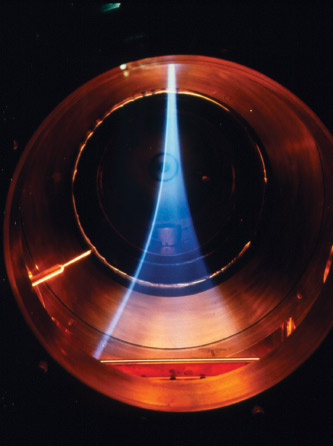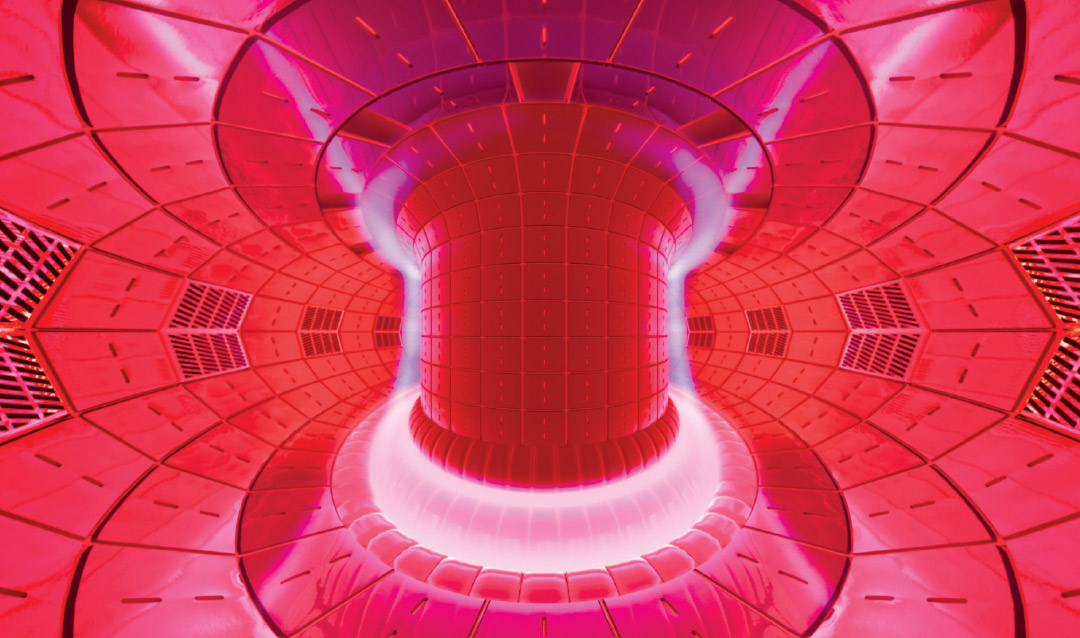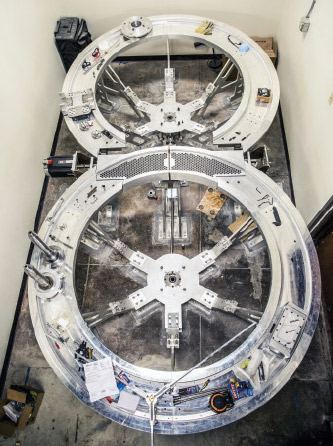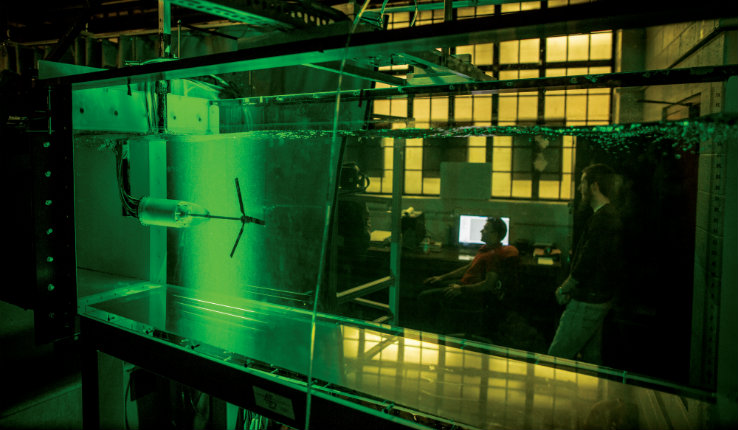Nuclear fusion may be the answer to the world’s energy challenges—if scientists can figure out how to sustain this nuclear reaction on Earth.
A nuclear fusion reaction is very different from a nuclear fission reaction, which has been the mechanism used in nuclear power plants to produce energy since the 1950s.
Fission involves splitting the nuclei of very heavy elements, such as uranium and plutonium. This starts a chain reaction that is difficult to slow, which is one of the reasons it can be dangerous.
Nuclear fusion, on the other hand, uses some of the lightest elements, such as hydrogen, to generate energy—and is a reaction that is very difficult to spur and maintain.
Research in this area has been going on for more than sixty years. However, scientists have yet to achieve sustained energy generation through fusion. Some believe that success may be just around the corner—an achievement that would be a boon for humankind and the planet. The energy generated by fusion could be enough to meet all of the world’s energy needs for many years to come.
Fusion seeks to generate energy the way the sun does. The sun creates energy in the form of light and heat by fusing atoms of hydrogen, using its massive gravitational force to overcome the hydrogen ions’ natural tendency to repel each other. Nuclear fusion on Earth tries to mimic this process, but other mechanisms are needed to overcome the repulsion between hydrogen ions and confine the hot gas called plasma.
Researchers have zeroed in on the two most promising paths to achieving and maintaining fusion: magnetic confinement and inertial confinement. Lehigh’s engineering faculty are working on both.









